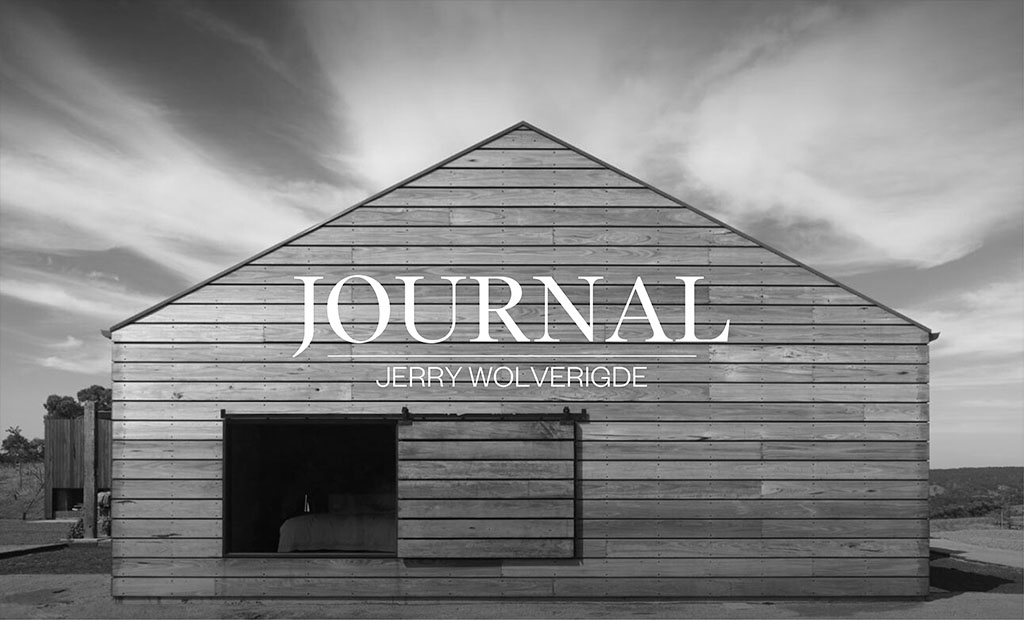LAWRIE x Jerry Wolveridge
Welcome to our Journal Series, where we delve into conversations with those who inspire us and have shaped our desire to bring their designs to life. In this edition, we had the privilege of sitting down with the esteemed architect Jerry Wolveridge. Jerry has made a profound impact on how we think about and approach sustainability in construction and design, having met with Dayne in the early years of LAWRIE. Group. Join us as we explore his insights and philosophy on sustainable architecture, and you’ll understand what drove Dayne to fly down to Melbourne on a whim to have a burger with Jerry all those years ago.
Jerry Wolveridge’s design approach revolves around the fundamental consideration of sustainable principles. When asked about his approach to sustainability, Jerry explained, “At the basic level, this means that aspects such as solar passive design, consideration for cross ventilation, incorporation of thermal massing, and highly insulative building envelopes remain at the forefront of our thinking.
Jerry draws inspiration from the surrounding environment, acknowledging its profound influence on his design process. “It must be in the context of what surrounds us, whether it’s the natural landform, built fabric, geology, or cultural influences. These things inform appropriate design responses that link and divine stronger connections between building and place,” Jerry emphasised.
By incorporating these inspirations, he aims to enhance the quality of experience for occupants, fostering a profound connection with their surroundings. When discussing his affinity for timber as a building material, Jerry shared,
“Timber is the most incredible of materials. Firstly, it’s completely renewable and brings so much textural, natural quality to a project.”
He also highlighted how the craftsmanship involved in working with timber contributes to the finished product, saying, “The details of timber enable a sense of craftsmanship on behalf of the construction team.” Additionally, Jerry appreciates how timber changes over time and requires maintenance, noting that it “brings a sense of the lifecycle to a building.” Jerry emphasised that sustainability is a driving force in his design process, stating,
“Sustainability drives the design thinking of all our projects at a fundamental level.”
He further explained, “Thankfully, the scales are beginning to tip in recognition of the importance of sustainability to the construction industry and our planet in general.” Jerry shared his own experience of living in an off-grid home, describing it as a valuable learning experience that continuously informs their ongoing project work. He emphasised the need to maintain momentum in prioritising sustainability and acknowledged the positive shift taking place in the industry.
Our conversation with Jerry Wolveridge has reaffirmed our admiration for his sustainable design approach. By integrating sustainable principles with architecture, Jerry creates spaces that offer comfort, practicality, and a profound connection with the surrounding environment. His appreciation for timber as a renewable material and his dedication to sustainability highlight the importance of responsible design.
As we continue our Journal Series, we are inspired by Jerry’s commitment to sustainability and his invaluable contributions to the field of architecture.




